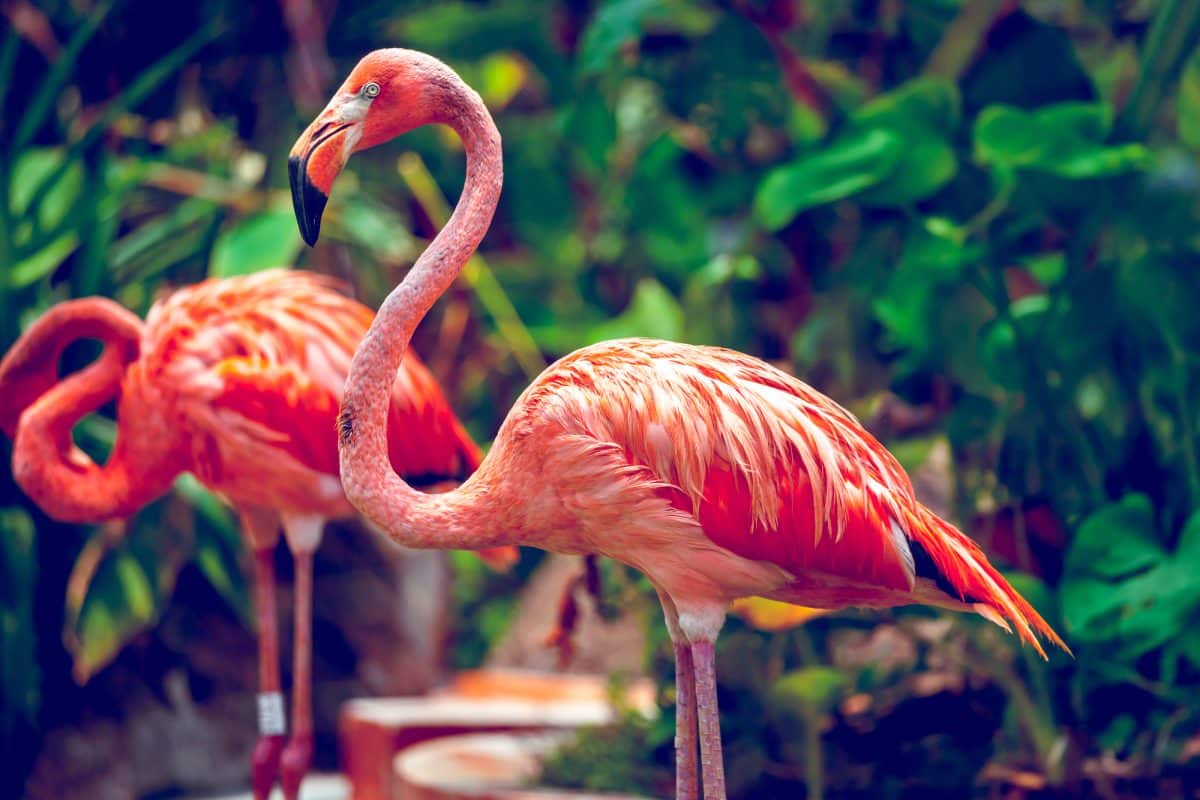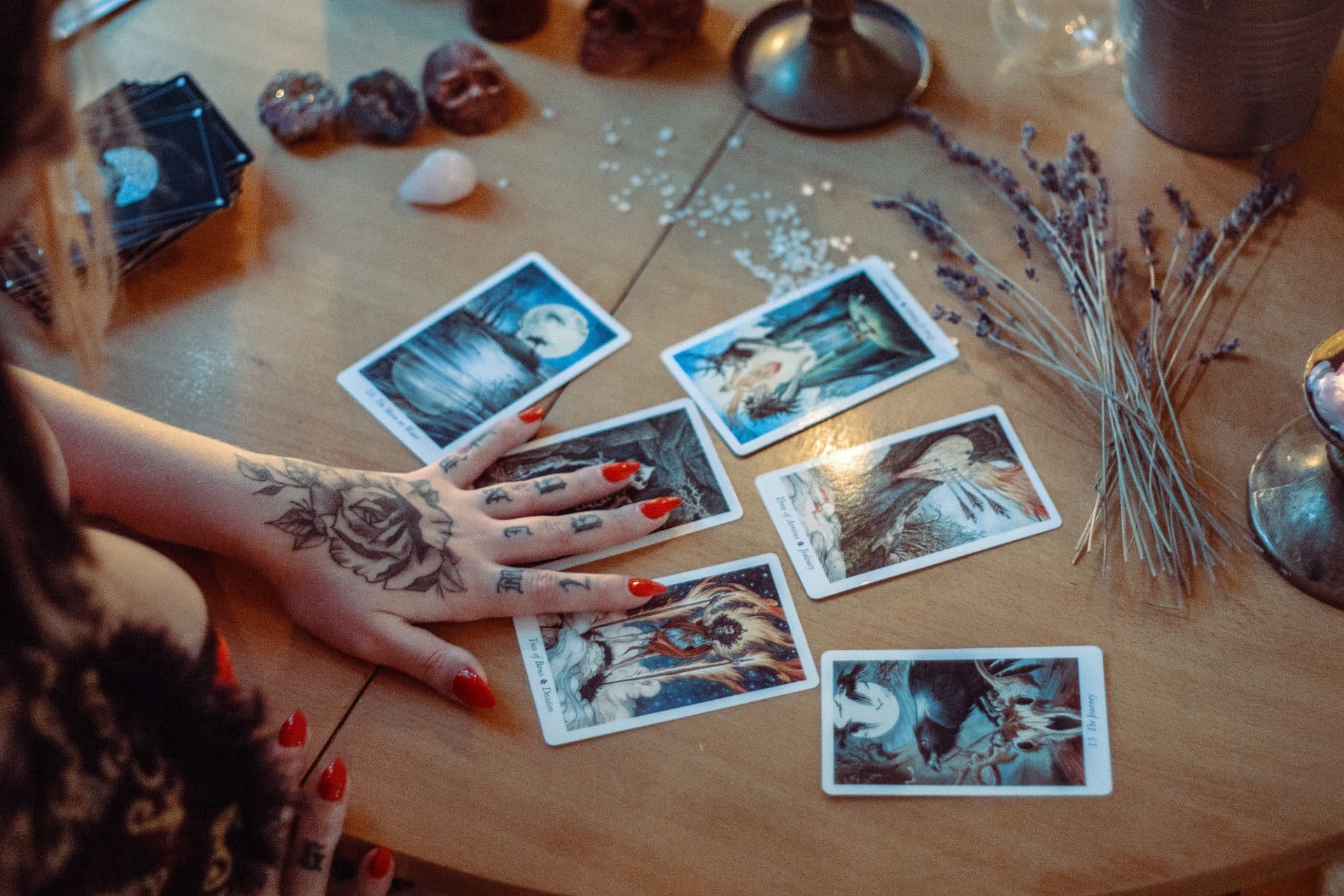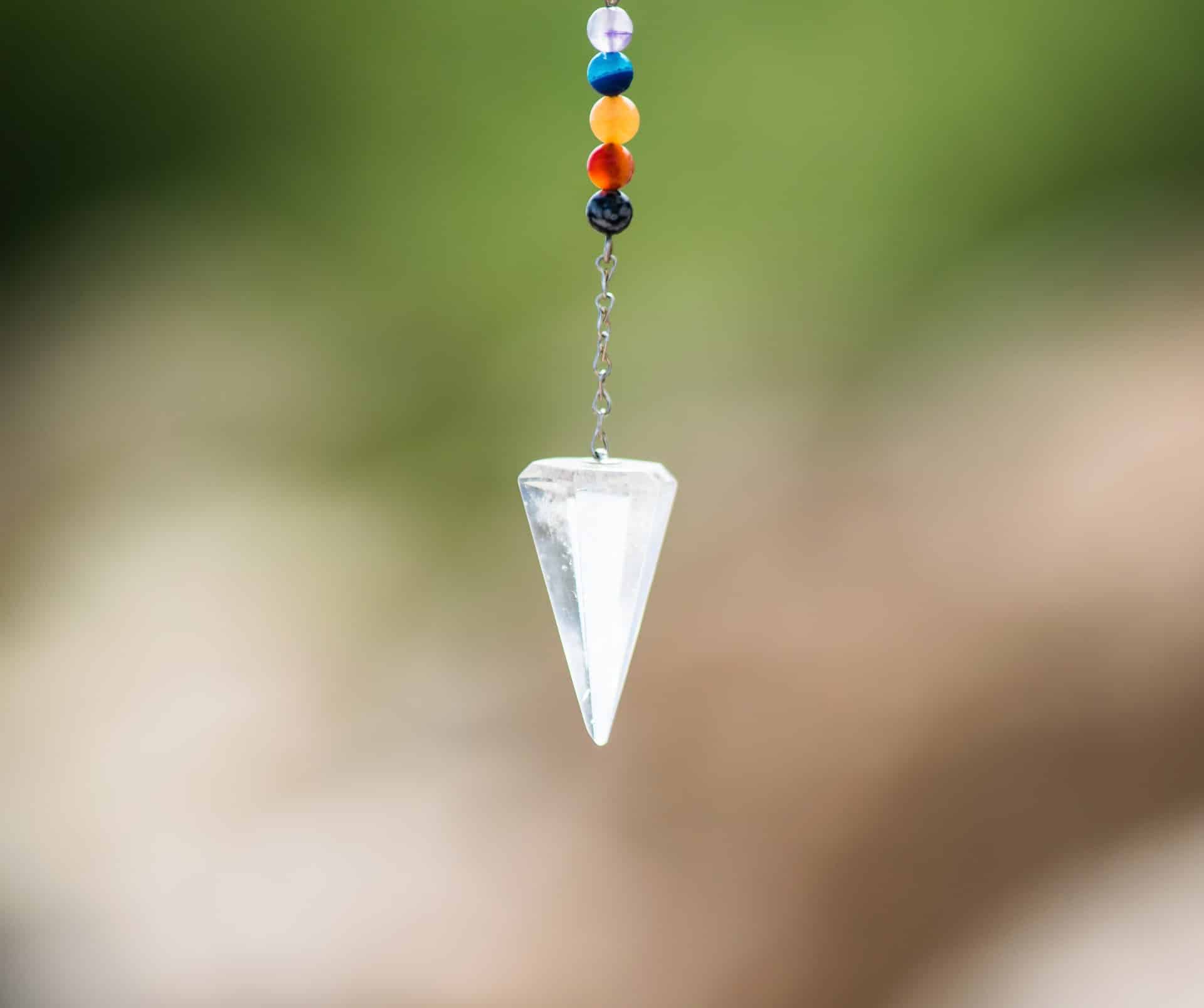10 Things You Should Know About Moldavite And How It Works
Moldavite, A golden and green colored lapidary material, became famous in the last century.
This “stone” is extremely popular because of its unique properties- it has a higher density than gold and if it is struck by an object it emits a bright green flash. Is this stone as special as stories about it say?
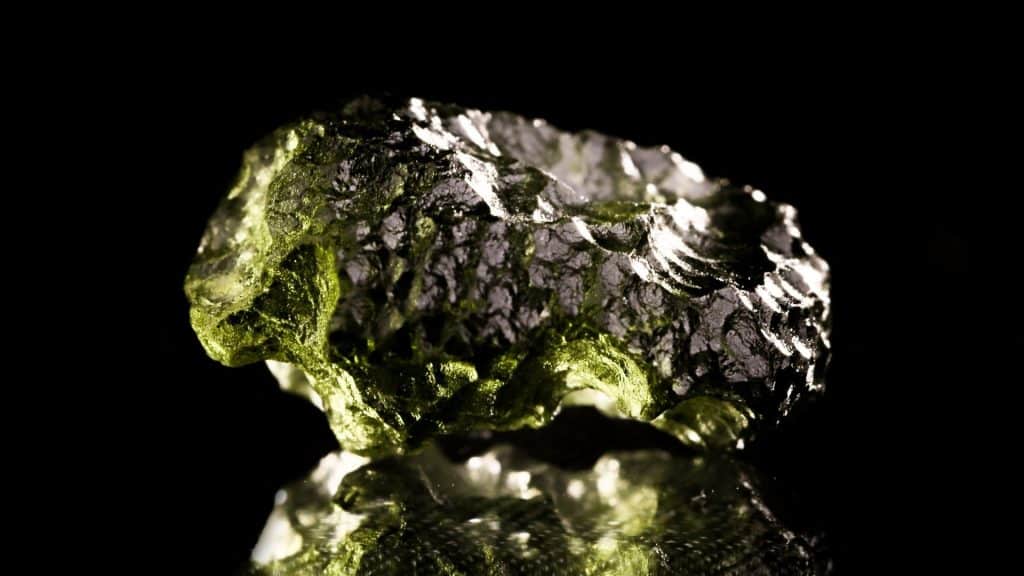
Table of Contents
What is moldavite?
Moldavite is a tektite, which is a natural glass that was formed by the impact of a meteorite.
Moldavite can be identified by its olive green color, irregular shape, and smooth texture. It has been valued as a decorative gemstone since prehistoric times and can often be found in jewelry shops today.
Where does moldavite come from?
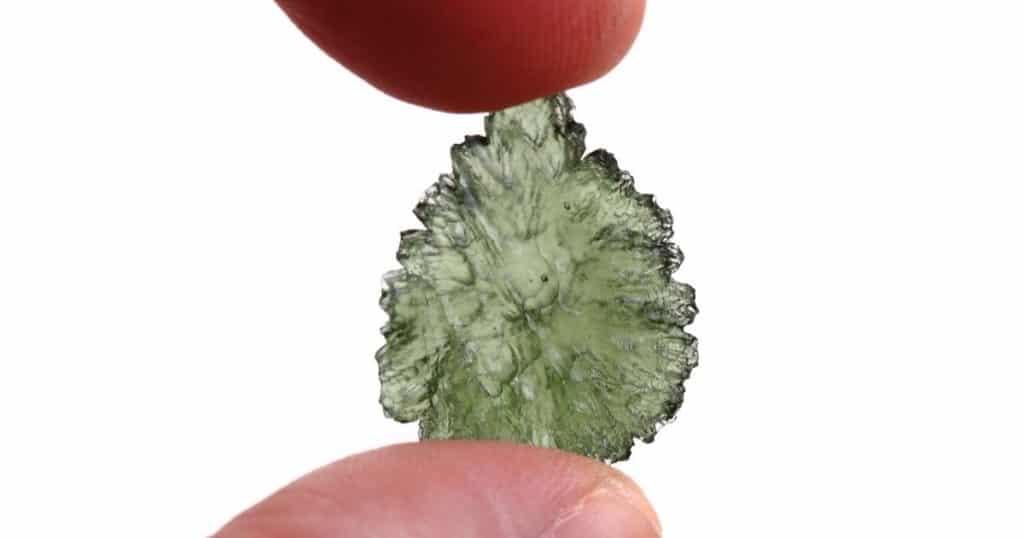
Moldavite comes from the Czech Republic.
How old is moldavite?
Moldavite is a member of the tektite group and one of the twelve known strewn fields, which are regions where meteorites landed on Earth millions of years ago.
How rare is moldavite?
Moldavite is a very rare stone that you’ll probably never see in person, but it’s not as rare or valuable as diamonds or gold.
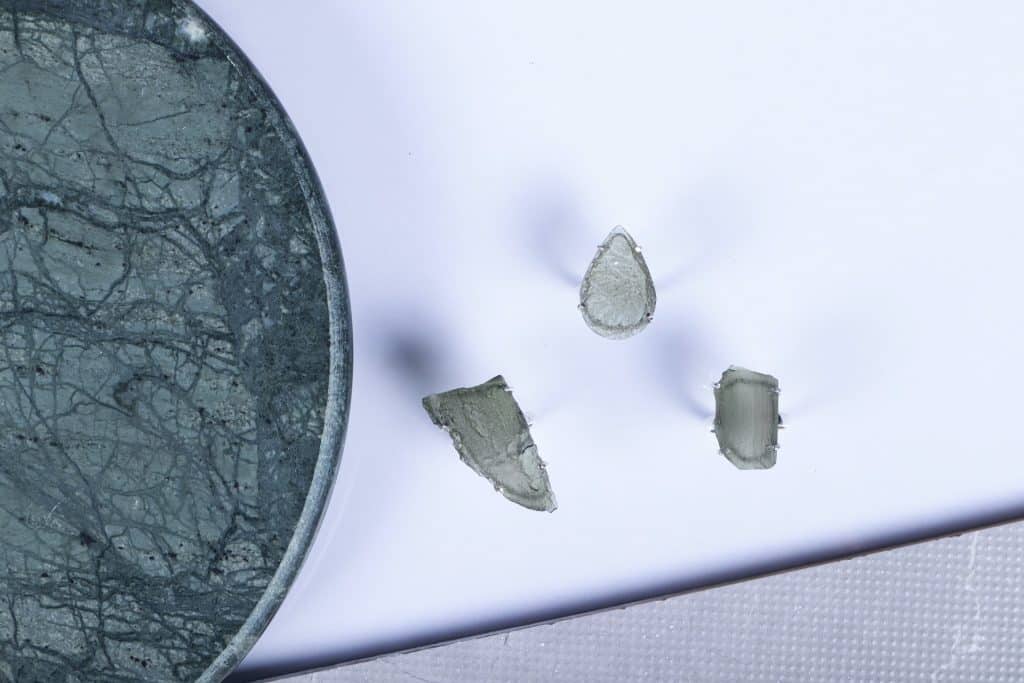
These stones are formed in a single event, and they can only be found in the same volcanic terrains where they formed. Currently, only a few small deposits have been found, and most of them have to do with moldavite being close to volcanic activity (in which case we call it sphalerite).
Is moldavite really a meteorite?
If you’ve been wondering about moldavite, perhaps it’s because you’ve heard it referred to as a meteorite. Or even as a piece of the moon. But is this gem truly from outer space?
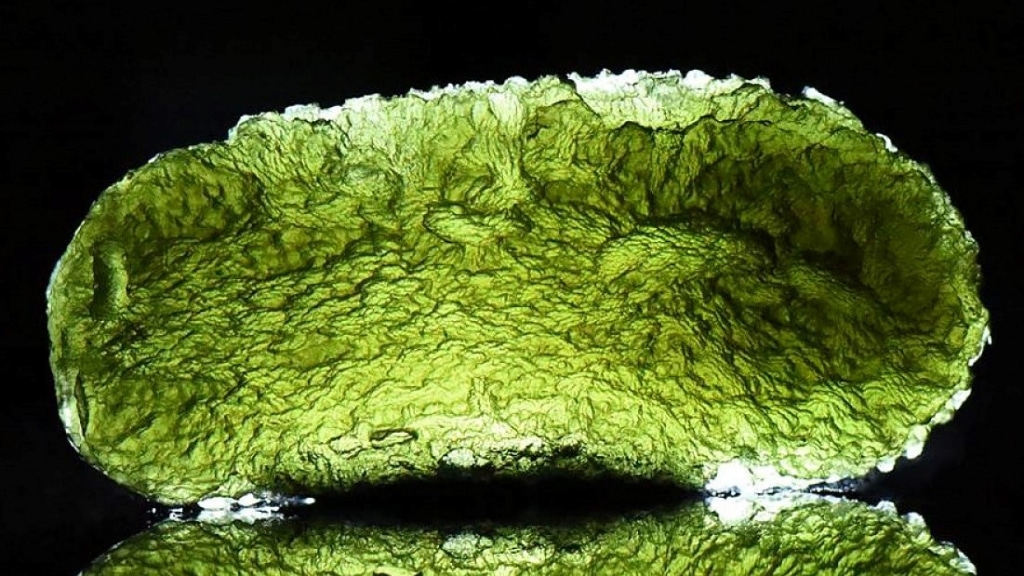
The truth is, moldavite is not actually a meteorite. Meteorites are often made of iron and nickel, while moldavite is composed of silicon dioxide—the same chemical makeup of your typical sandstone or granite rock. Instead, it’s better described as a type of tektite—a glassy substance formed when a meteorite hits the Earth and melts soil upon impact.
What color is moldavite?
Moldavites are usually a green color, but some have a brownish-yellow or blue tinge. They have a beautiful iridescence, and some even have a metallic glitter. Some are transparent while others are opaque.
How should I handle my moldavite?
You can wear your moldavite as much as you like, but be careful when doing so! Moldavite is an extremely fragile stone and should be treated with care. When you’re not wearing it, store your moldavite on a soft cloth or in a jewelry box to protect it from scratches.
Do not sleep with your moldavite on; items of clothing can easily snag on it during the night and cause the stone to break.
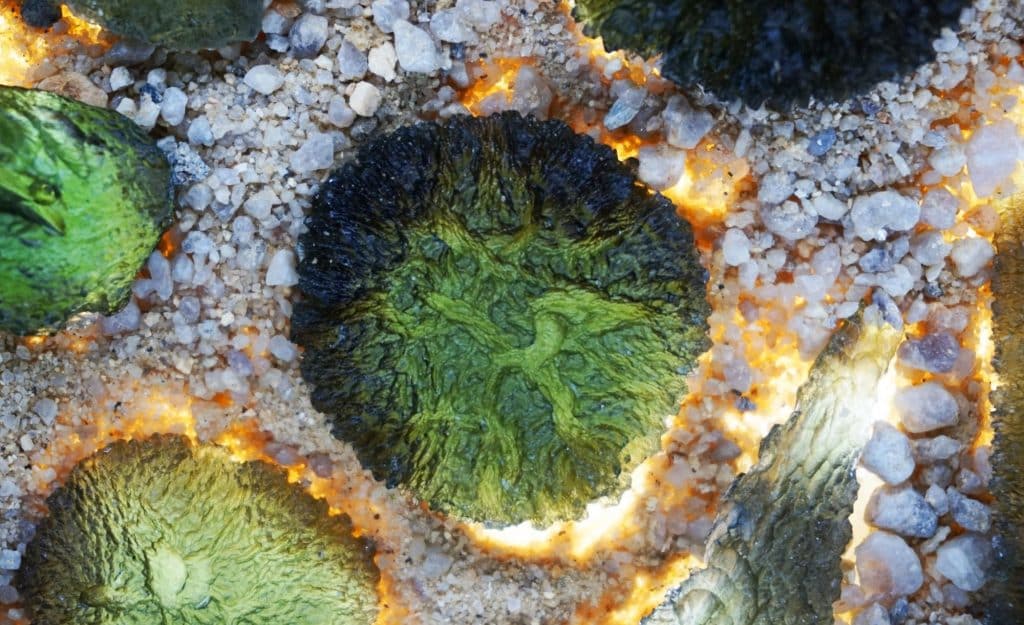
You also shouldn’t use harsh chemicals such as bleach or chlorine when cleaning moldavite, nor should you use an ultrasonic or steam cleaner. If possible, avoid wearing your moldavite in the shower (the stream of water can strike the stone), and do not keep it exposed to direct sunlight for long periods of time.
Do not use abrasives or polishing machines when cleaning your moldavite; instead, simply wipe away dirt and dust with soft cotton cloths.
How do you take care of moldavite?
- Keep it away from direct sunlight, water and oil
- Choose a good box
- Avoid extreme temperatures
- Use a clean cloth or soft brush to clean your moldavite
- There is no need to clean your moldavite frequently, but if you do wash it, be careful not to expose it to water, dust or intense sunlight for long periods of time
Does moldavite contain toxic materials?
You may be wondering whether moldavite is a toxic material. It is not. Because it does not contain radiation, and it is not poisonous, you won’t get sick from wearing or handling moldavite jewelry.
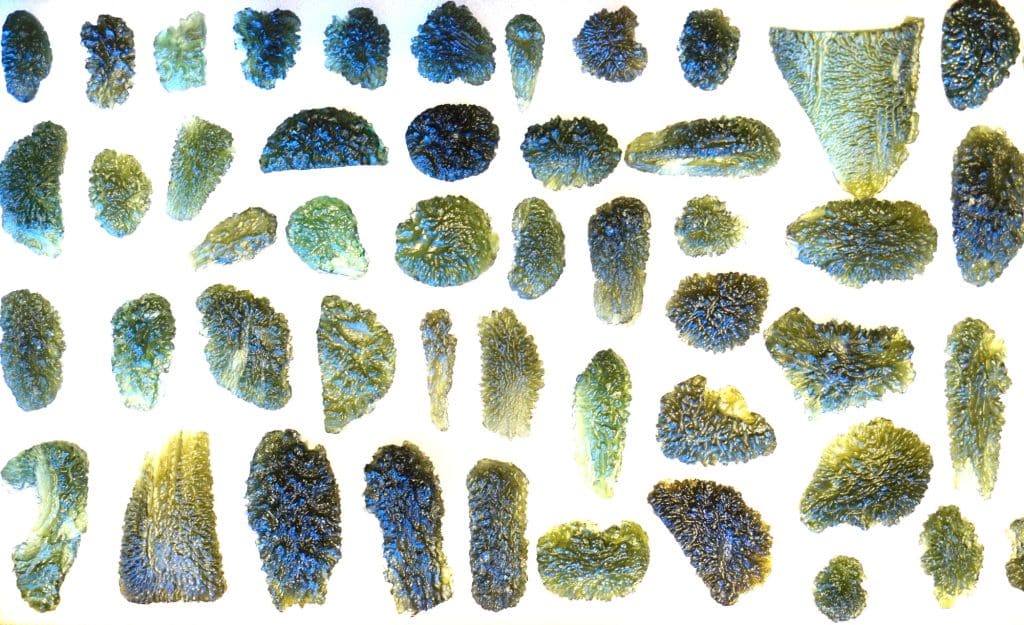
Moldavite has the same chemical composition as tektites found in other parts of the world, and they are considered to be completely safe.
The only concern with moldavite is that its hardness (5.5-6) makes it too soft for daily wear unless set in another material such as silver or gold. That’s why most jewelry made with moldavite features the gem set in metal rather than worn on its own.
What are the healing properties of moldavite?
- Moldavite is a stone of rapid transformation
- It has high vibration energies that can speed up the process of spiritual evolution
- It has powerful healing properties, and can help you to release old patterns and behaviors, and dissolve blockages
- It can help you to open your heart to love
Where can I buy real moldavite online?
Moldavite is available in a wide variety of sizes, shapes, and colors—and it’s one of the most commonly faked gemstones in the market. The best way to buy moldavite online is to look for reputable suppliers that offer certifications along with their wares. Moldavite can be quite valuable; prices start at $10 per gram for pieces under 10 grams and can reach several hundred dollars per carat for pieces above 10 grams.
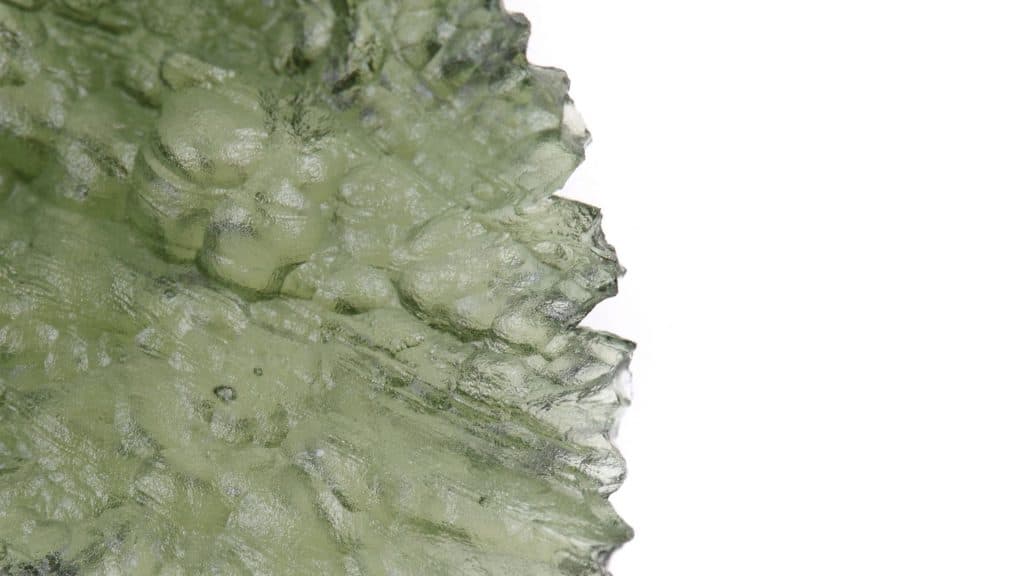
To make sure you’re getting the real deal when you shop online, ask your supplier about their certification process.
The Gemological Institute of America (GIA) offers a Thermal Expansion Report, which sets out how much your stone should expand when heated and contract when cooled based on its chemical makeup. Keep an eye out for reports from GIA-accredited labs; if your seller doesn’t have access to these services, they may not be reputable or trustworthy.
If you suspect that you’ve bought a fake gemstone from an online shop, contact the supplier as soon as possible to arrange a return and refund.
Don’t wait until after you’ve received the item; by that point it’s too late! Many sellers are happy to help customers find authentic items through their personal networks or other resources at no extra cost.
Should You Get Moldavite?
Like all gemstones, jewelry, and collectibles, moldavite should be handled with care. Due to the relative softness of the mineral, it’s possible to scratch or chip it with enough force or pressure applied.
That’s not to say you should keep it in a vault and never touch it; simply use common sense. Gemstones can be damaged by exposure to UV light, so don’t keep moldavite out in the sun for extended periods of time.
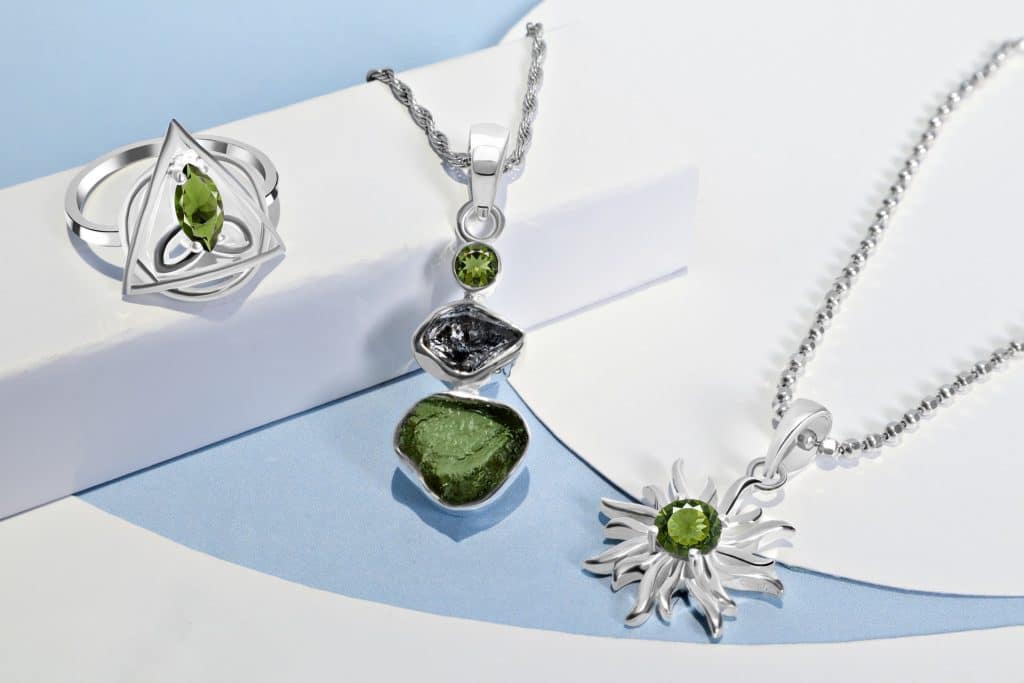
Additionally, burial in soil may be damaging or even destructive over long periods of time, so keep this in mind before deciding to bury any moldavite jewelry outdoors.
Given the value of moldavite with respect to its scarcity and difficulty to get and process, you should take as much care as possible to avoid damaging it.
Be mindful of any acidic items that might interact with it in storage or wear gloves or other appropriate protective gear when handling it whenever possible.

